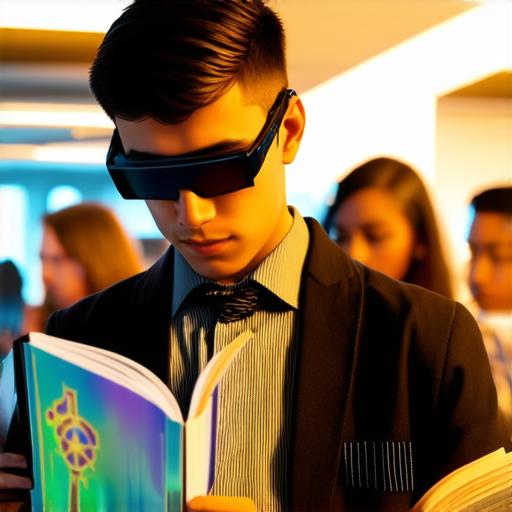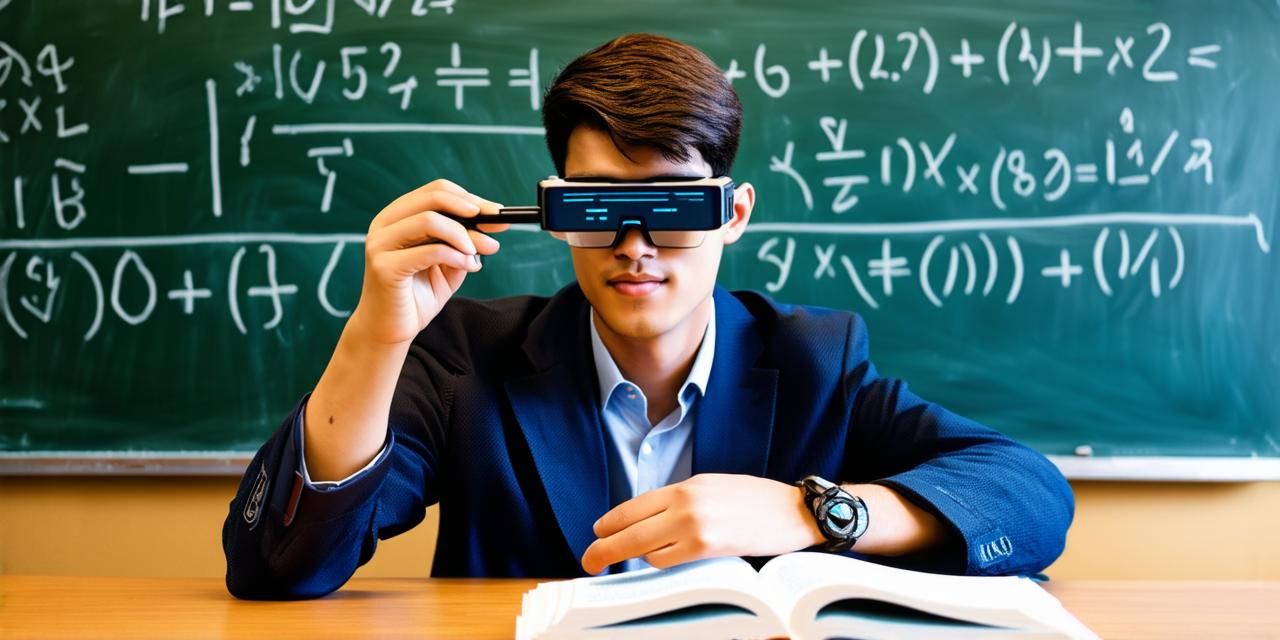Augmented reality (AR) technology is transforming the way we learn and interact with the world. From gaming to shopping, AR has found its way into a variety of industries, and it’s not surprising that it’s starting to make a big impact in education too.
What is Augmented Reality?
Before we dive into how AR is being used in education, it’s important to understand what AR is and how it works. At its core, AR is a technology that overlays digital information onto the real world. This allows users to see and interact with virtual objects in their physical environment.
AR can be accessed through a variety of devices, including smartphones, tablets, and specialized glasses. There are two main types of AR: marker-based and markerless. Marker-based AR requires a special marker (such as a QR code) to trigger the AR experience, while markerless AR uses computer vision algorithms to track the user’s location and provide relevant information based on their surroundings.
The Benefits of Augmented Reality in Education
There are many potential benefits to using AR in educational settings. Here are just a few:
- 1. Increased engagement
- 2. Improved visualization
- 3. Enhanced collaboration
AR can make learning more engaging and interactive, which can help students stay focused and motivated. By overlaying digital information onto the real world, AR can create a more immersive and hands-on learning experience.
AR can help students visualize complex concepts and ideas in a way that’s easier to understand. For example, anatomy students can use AR to explore the human body in 3D, while math students can use AR to see how shapes and patterns interact in space.
AR can also facilitate collaboration among students and teachers. By allowing users to see and interact with the same virtual objects, AR can create a shared learning environment that encourages teamwork and communication.
Case Studies: How Augmented Reality is Being Used in Education
There are many exciting examples of how AR is being used in education. Here are just a few:
- 1. The Anatomy Atlas app
- 2. The Elements app
- 3. The Aurasma app
The Anatomy Atlas app uses AR to allow students to explore the human body in 3D. By pointing their phone or tablet at their own body, students can see how different organs and systems work together in real-time. This app has been shown to improve students’ understanding of complex anatomical concepts.
The Elements app uses AR to help students learn about the periodic table. By scanning a QR code, students can see how different elements interact with each other and create compounds. This app has been shown to improve students’ understanding of chemical reactions and bonding.
The Aurasma app allows users to see virtual objects in their physical environment. For example, history students can use the app to see ancient landmarks and monuments in 3D, while language students can use the app to practice reading and writing in different languages.
FAQs: Common Questions About Augmented Reality in Education
Here are some common questions about AR in education:
- 1. What kind of devices do I need to use AR in my classroom?
- 2.

